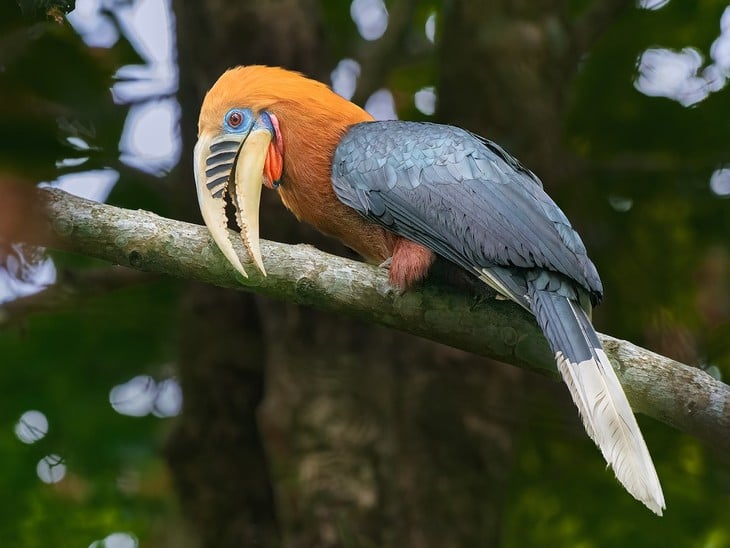 |
| Living in the Northwest and North Central regions, the rufous-necked hornbill ( Aceros nipalensis ) is one of the most impressive-looking and most endangered birds in Vietnam. Photo: eBird. |
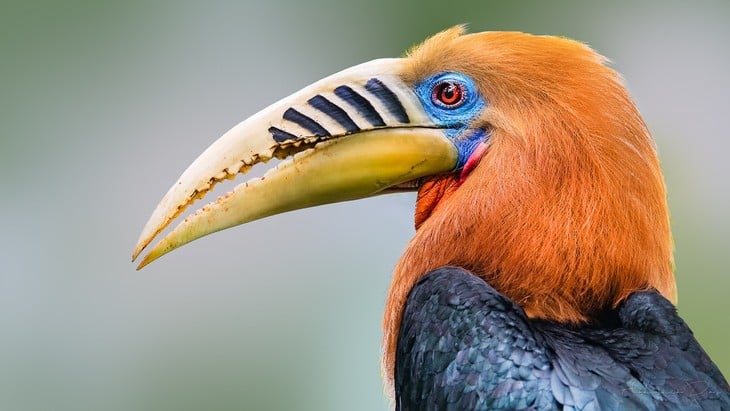 |
| This is a large bird, with adults measuring 90-120 cm long (from the tip of the beak to the tip of the tail) and weighing 2.2-2.5 kg. Their most notable feature is their very large yellow beak, with black stripes at the base of the beak. |
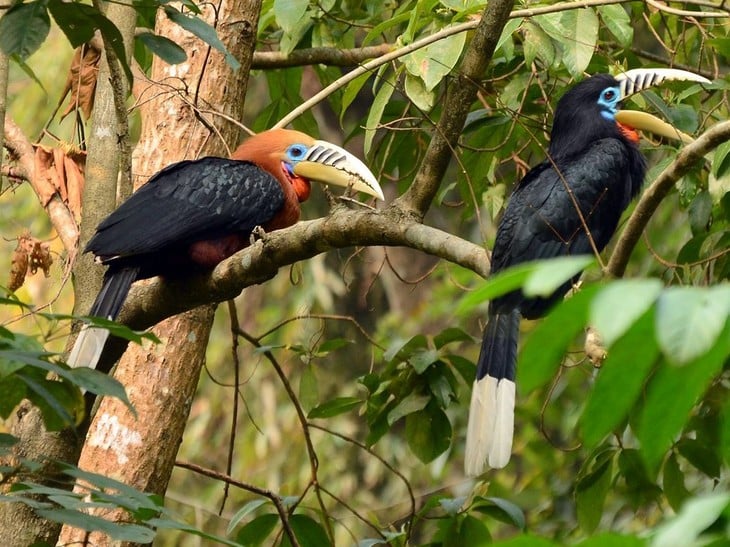 |
| The male has a reddish-brown head, neck and underparts, while the female has black. Both sexes have an orange pouch under the chin and a blue fringe around the eyes. |
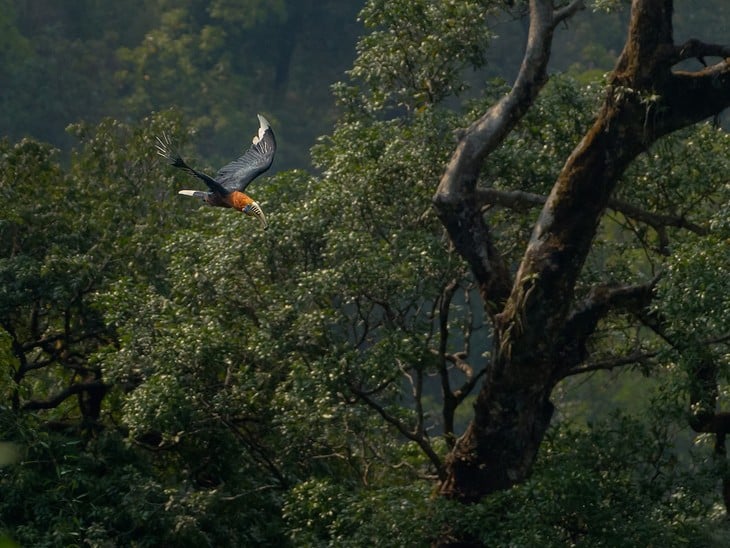 |
| Ecologically, the Red-necked Thrush inhabits evergreen broadleaf forests at altitudes ranging from about 600 to 1,800 metres. It is occasionally found as low as 150 metres or as high as 2,200 metres. |
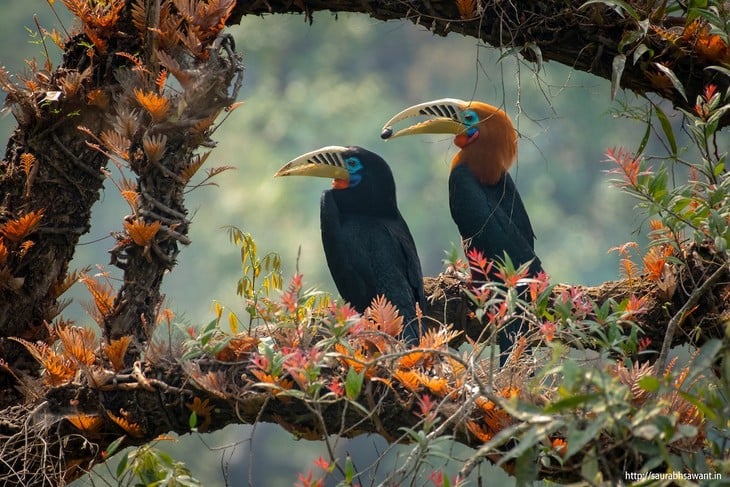 |
| Some populations have been reported to move seasonally between different forest areas and regions, depending on the food source of fruit-bearing trees. |
 |
| The breeding habits of the Red-necked Hornbill are similar to those of other species in the family Bucerotidae. They nest in tree cavities 10-30 meters above the ground. The female lays 1-2 eggs, which are ash gray in color and slightly smaller than chicken eggs. |
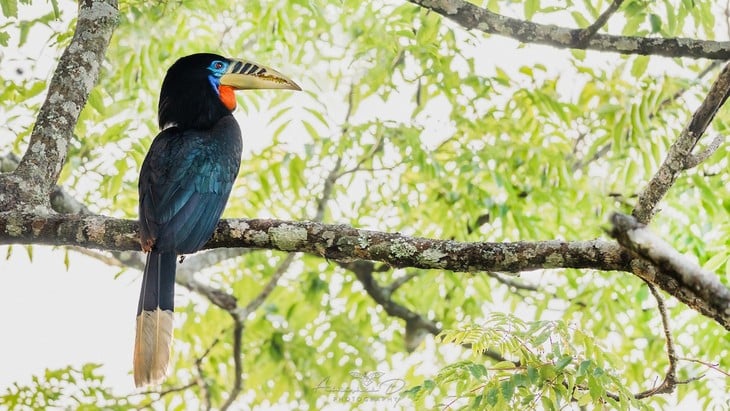 |
| In Vietnam, the red-necked thrush has been seen in forests in Lao Cai, Lai Chau, Yen Bai and Nghe An. In the world , they are distributed in South Asia, South China and Southeast Asia. |
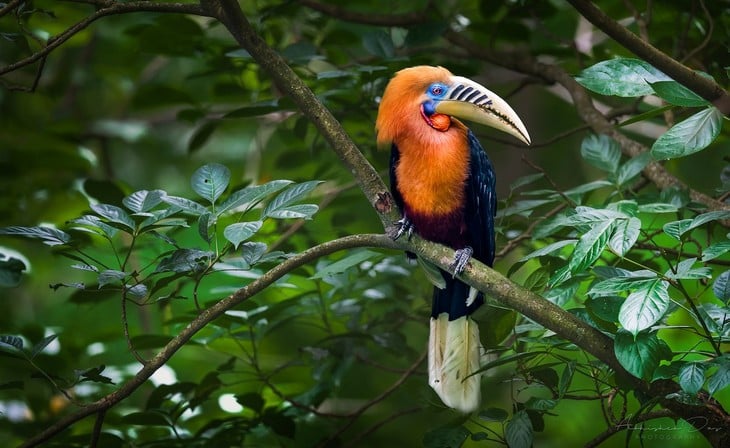 |
| In terms of conservation, this bird species is rapidly declining in numbers in Vietnam. They have disappeared from many historical distribution areas such as Muong Muon ( Lai Chau ), Sa Pa - Phan Si Pang (Lao Cai) and some other locations. |
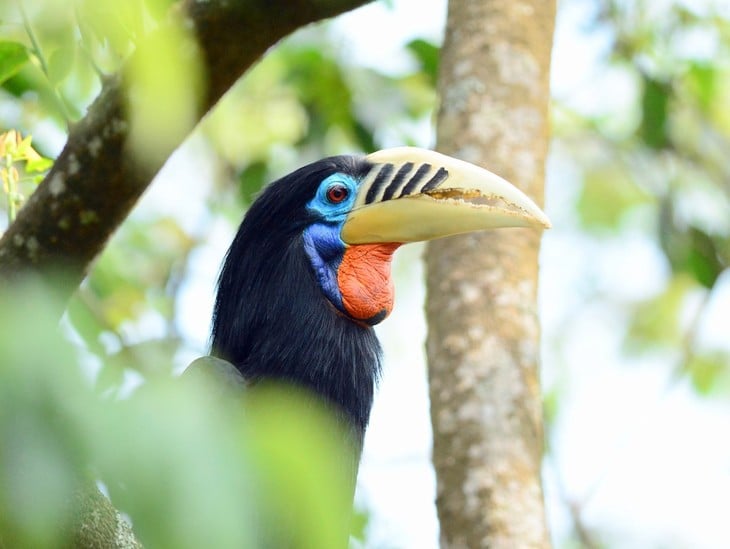 |
| The main threats to the red-necked thrush are hunting by local residents for meat, loss of nesting and foraging areas, and habitat fragmentation due to destruction of primary forests. |
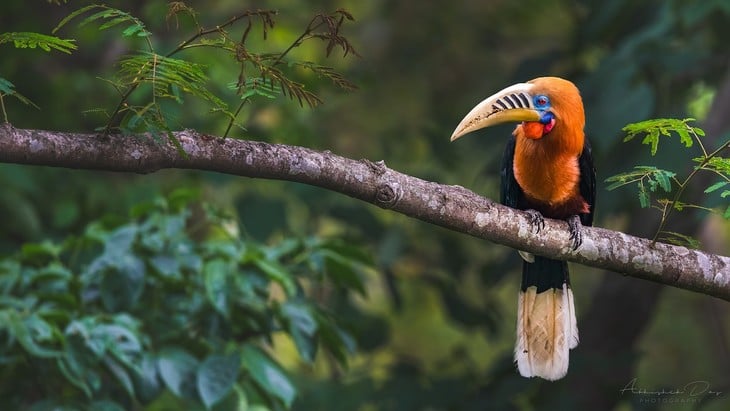 |
| In the Vietnam Red Book, this unique bird species is listed as Critically Endangered. In the IUCN Red Book, they are Vulnerable. Authorities are making efforts to propagate andeducate to protect this bird species from human encroachment. |
Dear readers, please watch the video: When wild animals cry for help | VTV24.












![[Photo] General Secretary To Lam receives Chief of the Central Office of the Lao People's Revolutionary Party](https://vphoto.vietnam.vn/thumb/1200x675/vietnam/resource/IMAGE/2025/5/30/140435f4b39d4599a3d17975dfb444c5)

![[Photo] Journalists moved to tears at the Memorial Service for the soldiers who died in Gac Ma](https://vphoto.vietnam.vn/thumb/1200x675/vietnam/resource/IMAGE/2025/5/30/9454613a55c54c16bf8c0efa51883456)

![[Photo] National Conference "100 years of Vietnamese Revolutionary Press accompanying the glorious cause of the Party and the nation"](https://vphoto.vietnam.vn/thumb/1200x675/vietnam/resource/IMAGE/2025/5/30/1cf6cd5c8a934ebfa347028dcb08358c)
![[Photo] A delegation of 100 journalists from the Vietnam Journalists Association visits the soldiers and people of Truong Sa island district.](https://vphoto.vietnam.vn/thumb/1200x675/vietnam/resource/IMAGE/2025/5/30/0984a986227d4e988177f560d2e1563e)
















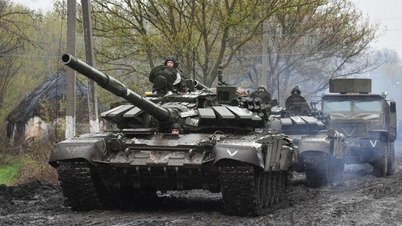




































































Comment (0)